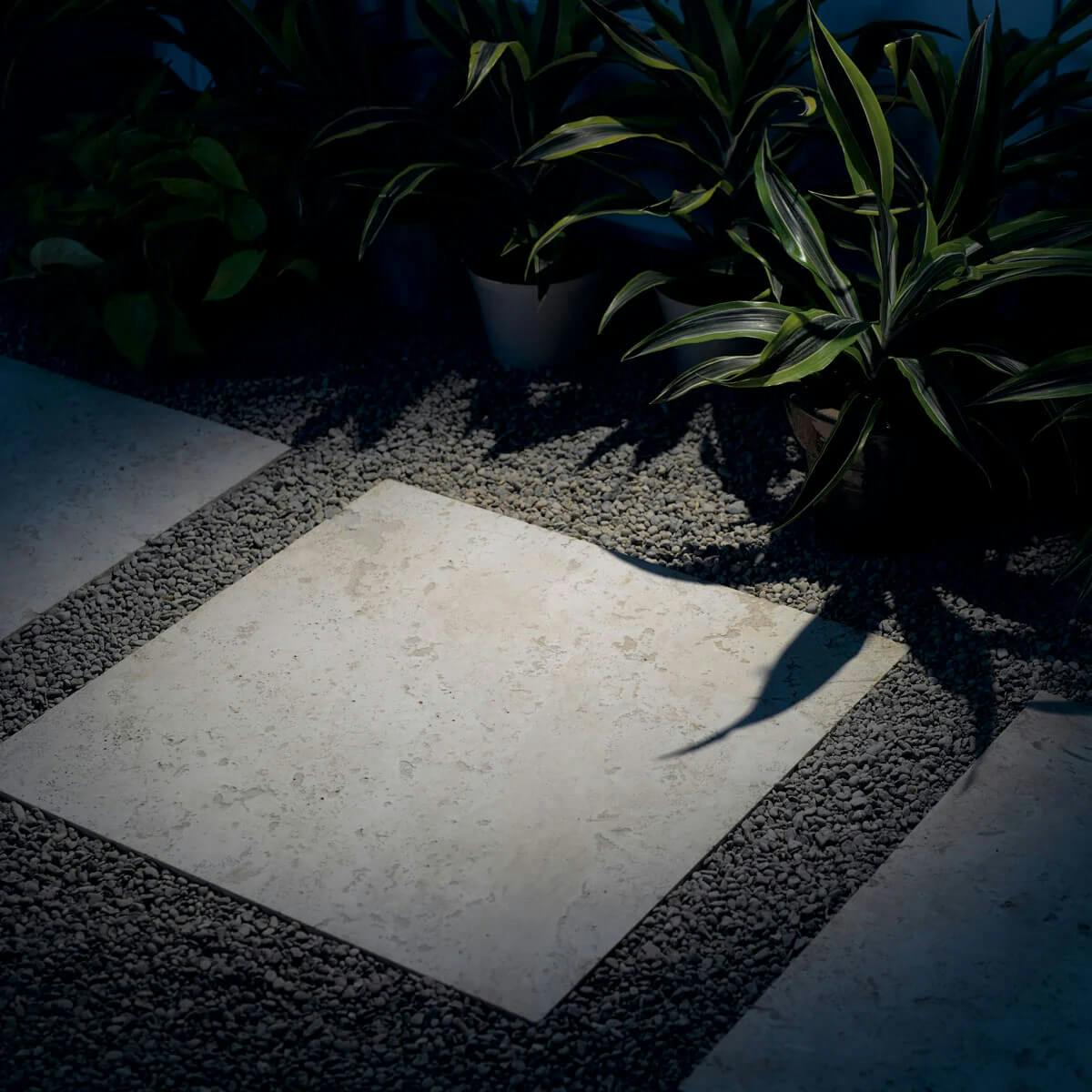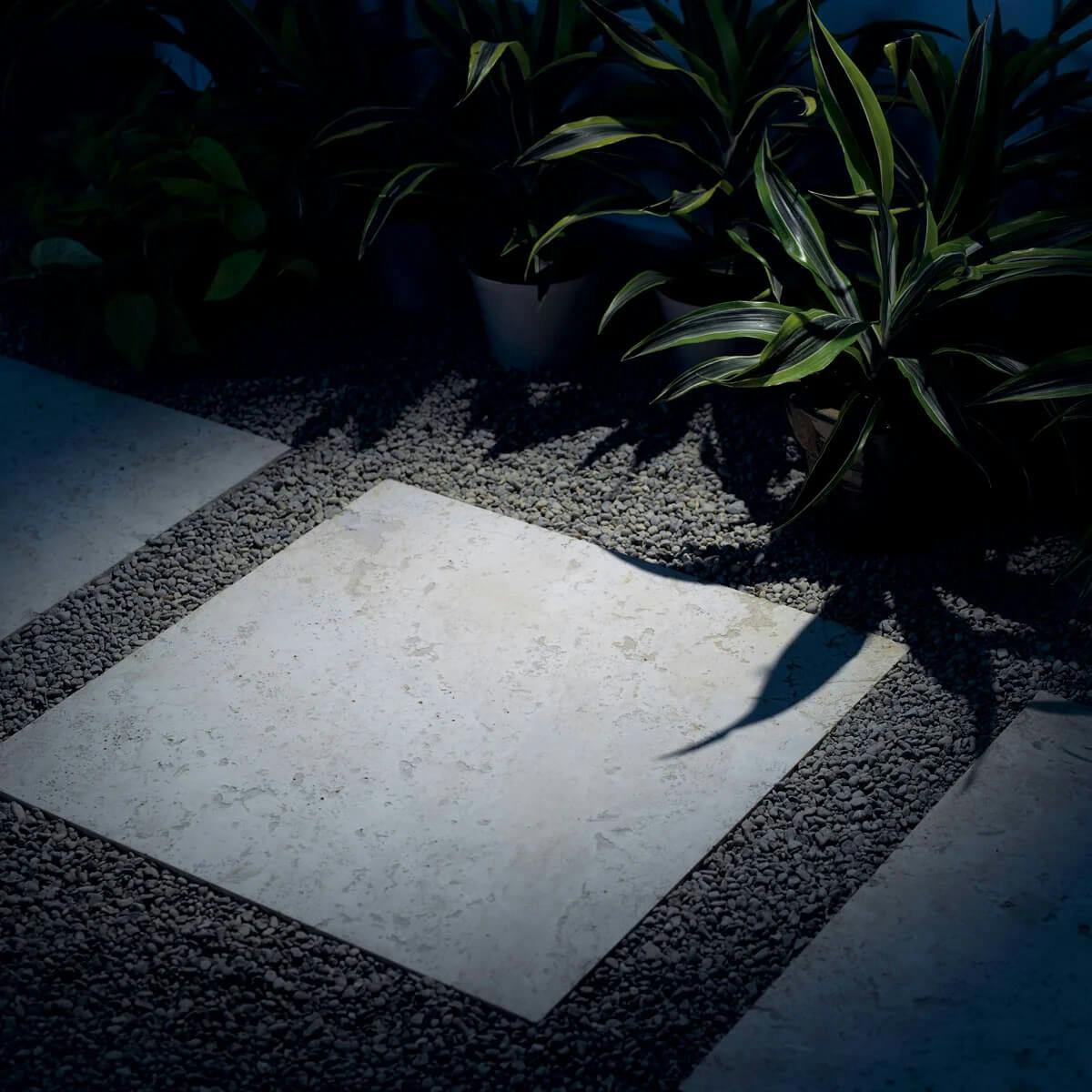Landscape Lighting Design Tips


A Brilliant Impression Begins Outside
That house. You’ve driven by it. You’ve walked past it. It’s warm and welcoming, safe and secure. At twilight it starts twinkling. And after dark, it’s the house that casts that beautifully warm year-round glow. Kind of like a neighborhood night light on par with the moon. With the right landscape lighting most any house can be that house. Whether you hire a landscape lighting pro or you do it yourself, well-designed landscape lighting is well worth the investment – both in the traffic-stopping curb appeal of your home and in the value of every moment you spend enjoying it.
LED Lamps
Are you looking to spruce up your home for sale - you might choose drop-in or fixture and lamp combination for your project. Looking to illuminate your forever home? Integrated LEDs give you the best longevity with long warranty periods and no dealing with burnt out lamps to replace. We know that each landscape project is unique – an application may look better with a warmer color temperature versus a cooler one, or an area may need a tighter beam spread while others might need a larger one. To get the perfect design, you need to make sure you have the right fixture and the correct LED lamp before you get started.
The Color of Your Light Sets the Tone
Did you know that not all white light is created equal? Many of our integrated LED fixtures and LED drop-in lamps come in a variety of color temperatures – from warm white to pure white to cool white – that can enhance the colors in your home’s exterior and landscape. Known as Kelvin (K) temperature, consider these suggestions for placement:
Beam Spread: the Thin and Thick of it
Beam spread is all about width. How wide are the trees, plants or other focal points you’d like to illuminate? A tall, thin tree requires a narrower beam spread. Don’t think about beam spread without considering LED lighting. It offers a sharper, more precise beam edge and keeps the light focused where you want it.

Use this quick reference to choose the right beam angle for your needs.
How to Calculate Beam Spread
Use a 10-15° spot to light the trunk of a tree or highlight a column.
One 35° flood light works well for a small deciduous tree or create a cross lighting effect using two 35° floods for a medium-sized tree.
For wide tree canopies a 60° works best. Cross lighting can be achieved using two 60° floods on each opposing side of the tree.
180°-300° Omni-directional lamps are suitable for hanging lights, path & spread, deck, and wall wash fixtures - anywhere indirect light spread is desired.
Last But Not Least: Lumens
Formerly referred to as wattage. Lumens is the new way lighting is expressed. It’s the amount of light and the way it’s measured – it’s the unit of measurement for the brightness of light. It’s important to know that LED bulbs and fixtures provide the greatest light output for the least amount of electricity. If you do choose LED, make sure the lumen output complements the object you’re lighting.


Tip: Kichler’s LED lighting with Variable Lumen Output has fast become the new standard in landscape accent lights. With three easy-to-use adjustable lumen outputs and a crisp beam spread, these fixtures offer amazing versatility and personalization.






